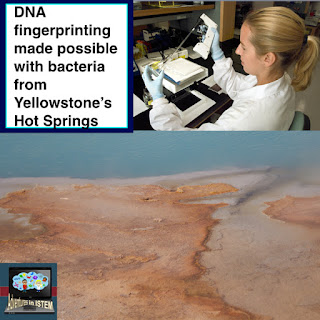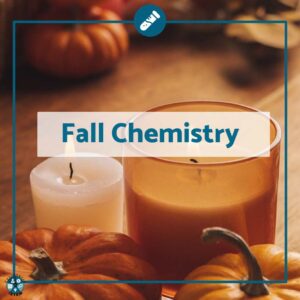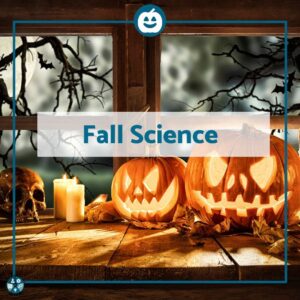This past week my family and I visited the first National Park, Yellowstone. As you take in the beauty and diversity of this landscape it’s easy to see why it was so important to protect this National treasure. When President Grant put aside this land to be forever protected I don’t think he had any idea of how important this land will become.
Yellowstone has over 10,000 geothermal features and different types of bacteria are found in each. In fact, the colors you see are due to the different types of bacteria that live in them and their response to the sunlight. Different bacteria live at different temperatures and how they respond to sunlight causes some of the thermal features to be a deep crystal blue and others to be a dark red. You can determine the approximate temperature of the hot spring by looking at the color. Red represents a relatively cool temperature, around 110oC, while blue represents the hottest temperatures, 198oC and above.
In 1969, Thomas D. Brock discovered a new bacteria living in the Lower Geyser Basin of Yellowstone National Park. In the 1970’s scientists became aware that it contained a DNA polymerase that was heat resistant and could handle the high temperatures needed for PCR (Polymerase Chain Reaction). Scientists use PCR for DNA fingerprinting. With this new discovery scientists are now able to create millions of copies of DNA in a couple of hours. This new bacteria has paved the way for biotechnology. According to Pat Dawson, “The Gold in Yellowstone’s Microbes” TIME, November 21, 2007, we have discovered less than 1% of the microbes found in Yellowstone. Imagine what new advances we can make when we discover the rest.
Thank you President Grant. Because of your wisdom and the wisdom of others that saw the beauty in this land you have not only preserved the beauty of this unique place but you have also protected the many microscopic treasures it holds.








